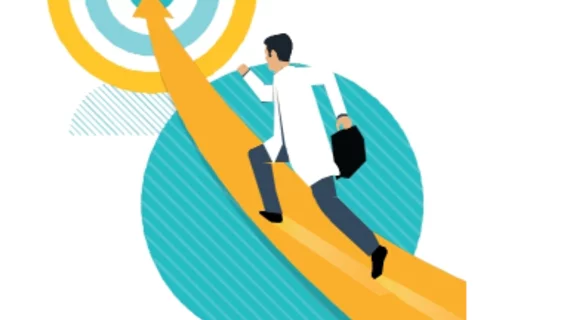Some cardiologists vow to go out with their scrubs on, says St. Vincent Heart Center’s Mary Norine Walsh, MD, as she recalls an interventional cardiologist who declared that when he left the cath lab, he’d be gone for good, not doing “office work.”
“He went full bore until he stopped,” Walsh says. He’s very happy in retirement, but he’s also very unusual, she notes.
APPRECIATE THE MANY WAYS CARDIOLOGISTS CONTRIBUTE
Most cardiologists prefer a gradual transition to retirement. They want to continue to use their skills and knowledge and to contribute to their practice.
“People worry they won’t matter anymore,” says David X. Zhao, MD, of Wake Forest Baptist Health. “You need to change that concept. They can contribute, just in a different way.”
Keeping senior cardiologists around is good for the practice, too, he adds, pointing to how glide-path activities can increase a practice’s reputation, mentor new cardiologists, and strengthen the team’s relationships with referring clinicians and patients.
In fact, it’s not uncommon for retired cardiologists to continue seeing patients, Walsh says. She expects that telemedicine will extend the careers of many senior cardiologists because it reduces their health risks, respects their time and spares them traveling to far-flung clinics.
It comes down to recognizing that “people have different skillsets,” Zhao says. “You don’t want to waste their talents.”
CREATE A VARIETY OF GLIDE-PATHS
The best succession plans not only appreciate the value of different glide-paths, but they also make the effort to outline options and are open to creative combinations or alternatives. Here are few examples of glide-paths CVB sources described:
Education: One senior cardiologist decided to teach at St. Vincent’s outpatient fellowship clinic for a few years until he retired, Walsh says. “He was loved by the fellows because he had a different teaching style than the younger faculty,” she notes.
Research: At Minneapolis Heart Institute, a cardiologist retired from most of his clinical practice to become chief medical officer of the institute’s research foundation, says Marc Newell, MD.
Quality: A senior cardiologist at Wake Forest Baptist Health was nationally known for quality improvement, so “we made him a quality czar,” Zhao says.
Outreach: At St. Vincent Medical Group, senior cardiologists often get involved in outreach programs, including seeing patients and reading stress tests and ECGs in support of rural referring hospitals, says Edward T.A. Fry, MD.
Another glide-path takes cardiologists who are winding down into national service to their profession. That’s the path Fry has started on. He’ll soon complete the handoffs to his successors at St. Vincent and Ascension Health and will turn his focus to the American College of Cardiology, where he’ll become vice president in April and then president in 2022-2023.
With the pandemic, he adds, “you have to relook at everything you do.”
Having a variety of glide-paths recognizes that winding down is rarely the end of cardiologist’s career. “As you get older,” Zhao says, “you may lose your ability to do what you love to do, but you can still do valuable work, and there is plenty of opportunity to choose.”
